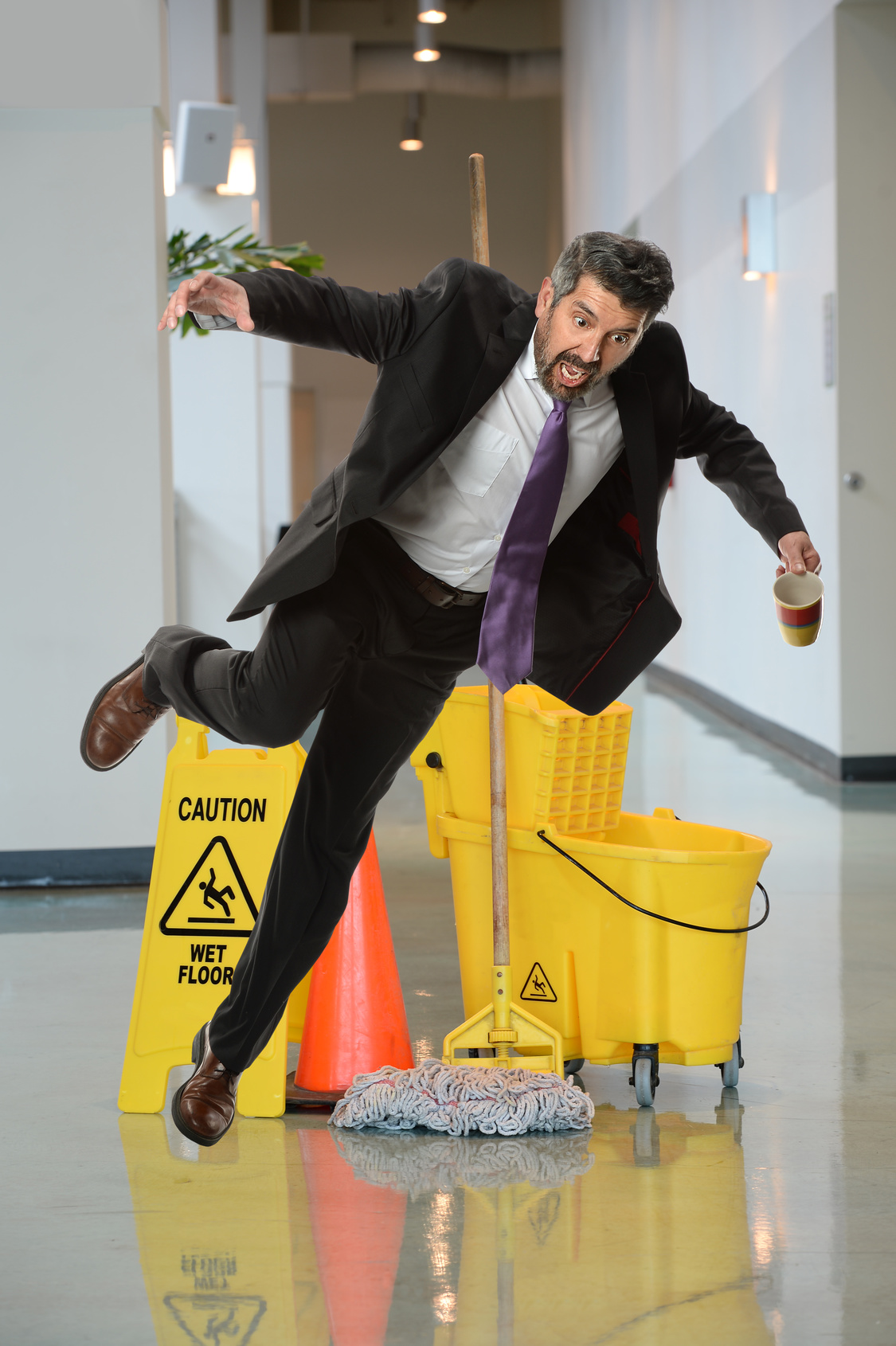Slips, trips, and falls can cause serious injury, especially if you are older. Sprains, dislocations, and breaks are common injuries sustained from falling — even from a standing position. There are ways to fall more safely to prevent serious injury from happening. Read on for 6 tips for safe falling.
Protect Your Head
As you fall, do all that you can to protect your head. Tuck your chin away from the direction of the fall, bring your arms up for protection, and if you are falling face first, turn your head to the side. Head injuries can cause brain damage and even death, so make sure that your head is safe!
Turn on Your Side
Falling to the front or to the back is more dangerous and has a higher potential for injury. As you fall, try to turn to your side to reduce the chance of injury.
Keep Your Body Relaxed
Although it seems counter intuitive, make sure that your arms and legs are bent and don’t tense up! Staying loose will help your body absorb the shock from the fall. If your muscles are tense, you are more likely to suffer injuries like broken bones than you are if you are relaxed. Remind yourself to keep breathing as you fall to stay relaxed.
Roll Out of It
In first person video games, the player has the option to roll out of jumps from high places to avoid damage. The same concept occurs in parkour (the art of jumping and rolling around and martial arts. It is best to practice rolling out of a fall on a soft floor so that you can know what to do when the time comes.
Spread Out the Impact
Catching yourself with one hand or with just your hip will cause more damage than if you spread out the fall over your entire body. Let a larger portion of your body take the brunt of the fall rather than trying to catch yourself with your hands, possibly breaking your wrists.
Prevent Falls
The best way to fall safely is to prevent falling in the first place. Wear slip-resistant footwear if you have to walk in an environment where falling is likely (like in the snow or on a wet floor). Be more attentive to your surroundings, and watch where you are going. If you see an obstacle, you are less likely to trip over it. Most importantly, create a safe environment where falls are less likely. Close drawers and cabinets after you are done using them. Clean up your home. Keep your home well lit, use non-slip mats in your kitchen and bath tub, remove rugs that flip up, and don’t leave cords or wires where you might trip on them.

